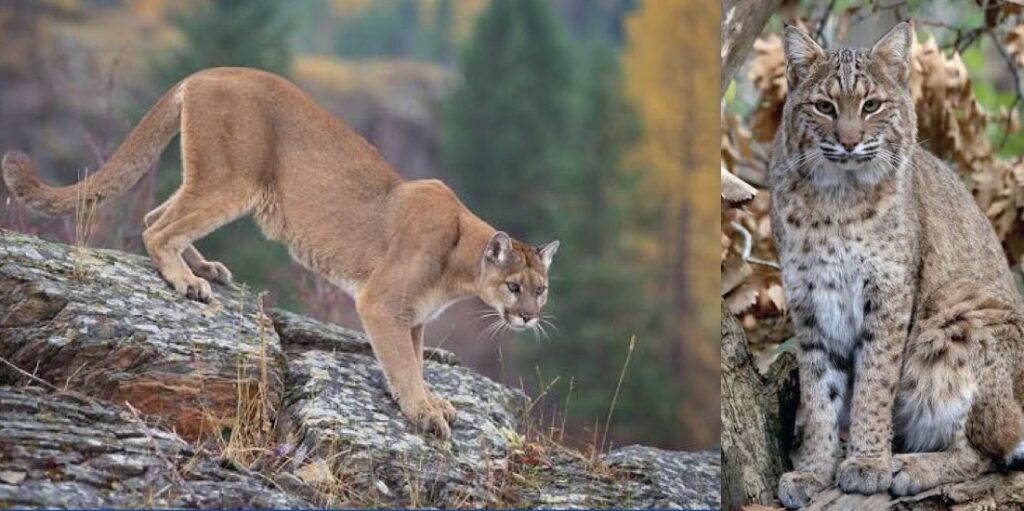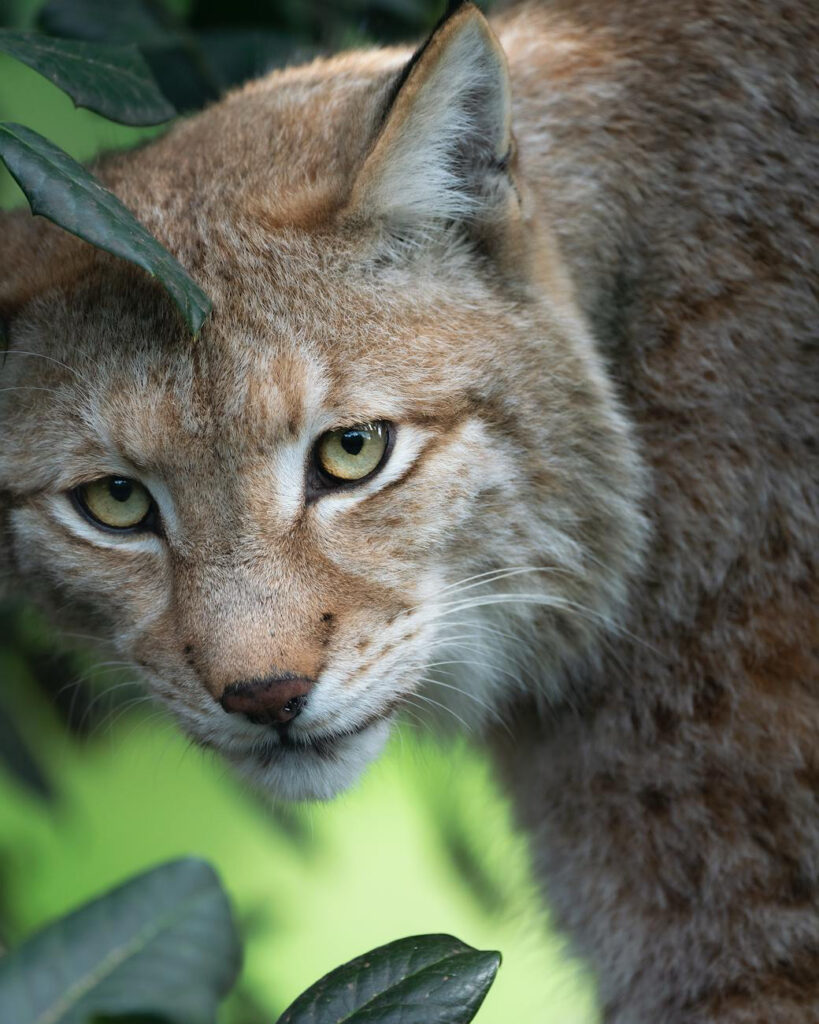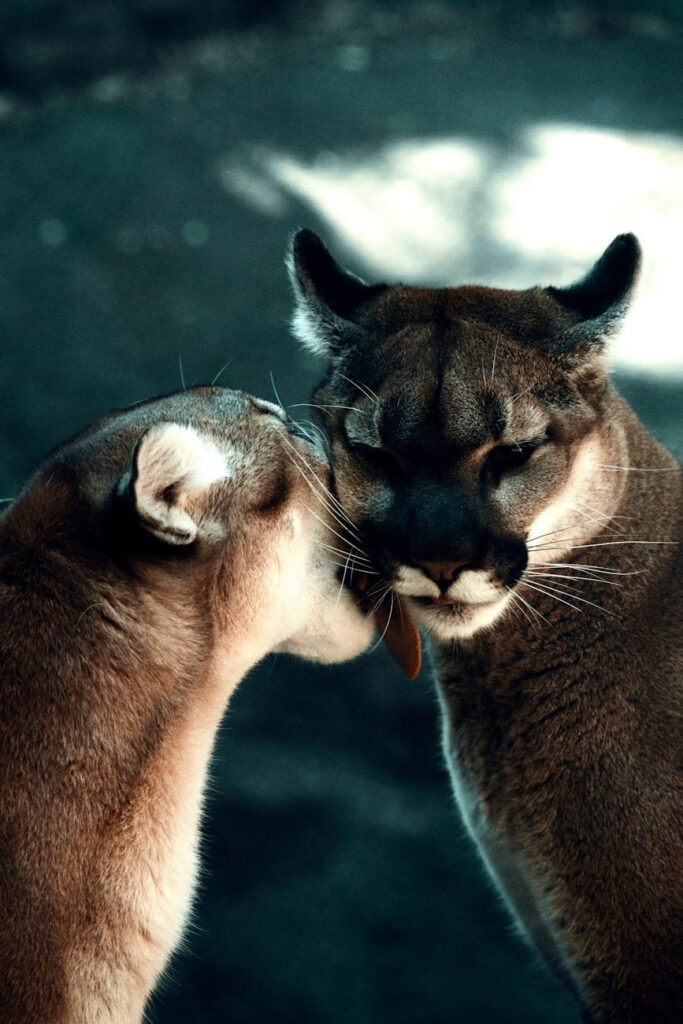
OHIO — Ohio residents occasionally report seeing large wild cats in fields, woodlands, and even near suburban neighborhoods.
While bobcats are native and increasingly common across the state, mountain lions (also known as cougars) are much rarer.
Wildlife officials say it is important for the public to understand the difference between the two animals when making an identification.
The Ohio Department of Natural Resources (ODNR) considers bobcats a native species that has successfully rebounded after nearly disappearing in the early 1900s. Today, bobcats are most often spotted in southeastern Ohio, but they have been documented across much of the state.

Bobcats are medium-sized wild cats, typically weighing between 15 and 35 pounds. They have short, bobbed tails with a black tip, tufted ears, and spotted or streaked fur.
A bobcat stands about 20 inches tall at the shoulder and measures roughly three feet in length, including the tail. Their relatively small size and distinctive markings make them different from the much larger mountain lion.
Mountain lions are not considered a resident species in Ohio, but sightings have been reported over the years.
Most of these have not been confirmed. According to ODNR, if a mountain lion is present in the state, it is likely a wandering individual from western populations or an escaped captive.
Mountain lions are much larger than bobcats. Adults can weigh between 90 and 150 pounds, with males being larger than females.
They stand about 30 inches tall at the shoulder and can reach up to eight feet in length, including a long, thick tail with a black tip. Unlike the bobcat’s spotted fur, mountain lions have a solid tan or tawny coat.

Key Differences for Identification
- Size: Bobcats resemble a large housecat, while mountain lions are closer in size to a large dog.
- Tail: Bobcats have a very short tail (4–6 inches), while mountain lions have a long tail (2–3 feet).
- Fur: Bobcats are spotted or streaked; mountain lions are solid tan.
- Ears: Bobcats have tufted ears; mountain lions’ ears are rounded without tufts.
What to Do if You Spot One
ODNR encourages residents to report sightings, especially of mountain lions, since verified evidence helps track wildlife populations. Photos, tracks, or other physical proof are the most useful for confirmation.
Experts stress that bobcats are shy and rarely pose a threat to people. Encounters with mountain lions, though highly unlikely in Ohio, should be treated with caution. Wildlife officials recommend giving any large wild cat plenty of space and not approaching it.
While bobcats are now part of Ohio’s natural landscape, mountain lions remain an uncommon visitor. Knowing how to tell the difference can help residents better understand and safely coexist with the state’s wildlife.









